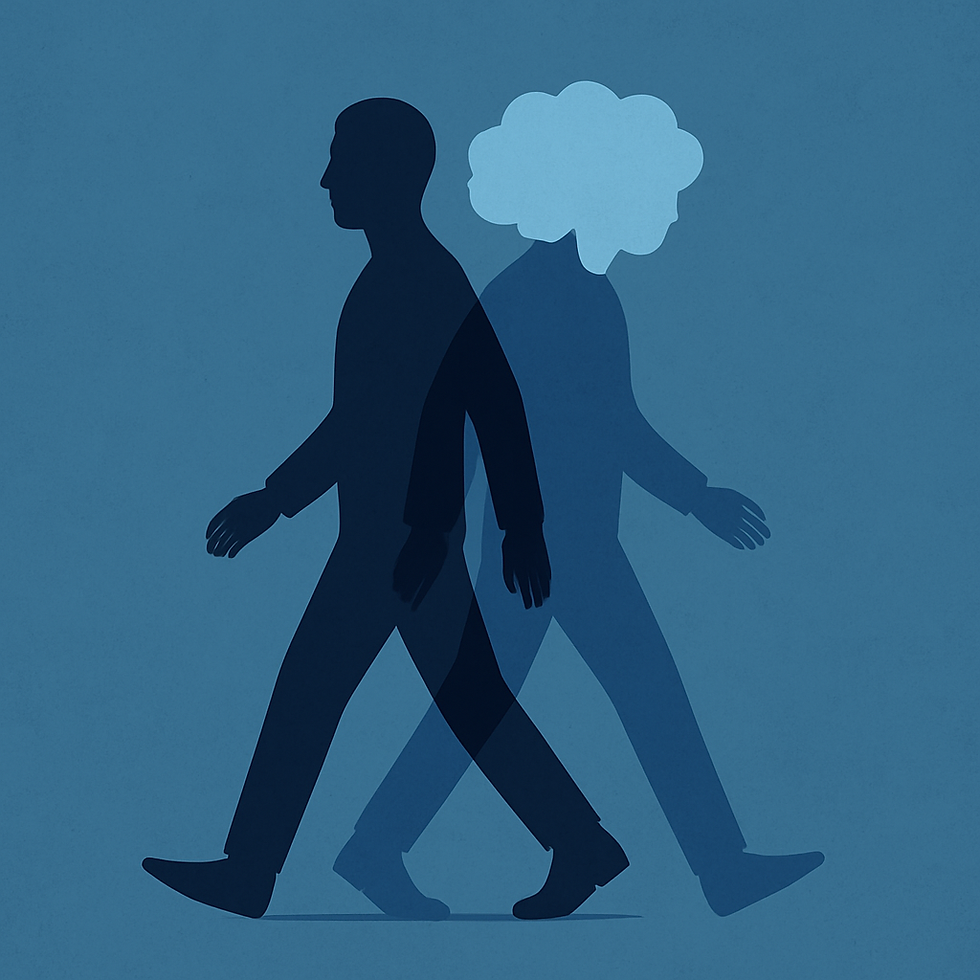Emotional Lag: Why Your Feelings Don’t Always Keep Up With Life Changes
- Estee Cohen PhD

- Jul 12
- 2 min read

Major life changes often come with the expectation of emotional immediacy. Society tends to reward quick psychological adjustment to transitions such as career shifts, relocations, relationship changes, or personal transformations. Yet the human mind rarely processes these alterations at the same pace they occur. This temporal mismatch creates what can be called emotional lag, a delay between external change and internal alignment that can confuse, frustrate, and quietly destabilize well-being.
At the center of emotional lag is the difference between cognitive acknowledgment and emotional assimilation. Cognition adjusts quickly. It can rationalize the necessity of a move or reframe a breakup as a path to growth. Emotion, however, often proceeds more slowly, anchored to attachments, old routines, or unresolved expectations. The result is an internal dissonance where one part of the mind embraces the new reality while another remains lodged in what was familiar.
This phenomenon reflects the brain’s reliance on existing neural circuits. Repeated experiences form well-worn pathways that promote predictability and emotional coherence. Major life changes disrupt these established patterns and require the development of new associations. This process, grounded in neuroplasticity, unfolds gradually. Emotional alignment, unlike intellectual reframing, depends on lived repetition and embodied experience.
Importantly, emotional lag often contains a subtle form of grief. Even when a change is positive, it typically involves loss. That loss may take the form of structure, expectations, identity, or community. These quieter losses can evoke emotional responses that are easy to overlook yet meaningful to process. Failing to recognize the complexity of this grief can prolong emotional disorientation and contribute to a sense of failure where none exists.
Managing emotional lag begins with normalization. Recognizing it as a common psychological response relieves pressure to catch up emotionally. It reduces self-judgment and makes space for a more humane pace of adjustment. Mindfulness practices can support this process by fostering nonjudgmental awareness of emotional states. Observing rather than rushing to resolve these feelings allows for gentler integration.
Strategic reflection can also help bridge the cognitive-emotional gap. Returning to the reasons for the change, reaffirming personal values, and anchoring in long-term goals reinforces new emotional patterns. This kind of purposeful engagement supports emotional continuity without forcing resolution.
Emotional lag illustrates the complexity of adaptation. The mind does not operate on a single timeline. Intellectual acceptance and emotional coherence are distinct processes, each with its own tempo. Respecting that difference is not a sign of regression but a sign of psychological depth. By allowing emotions to arrive in their own time, individuals can move through transitions with greater clarity, resilience, and authenticity.
Comments